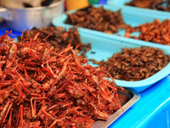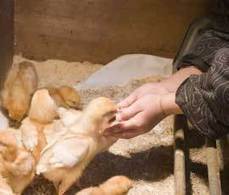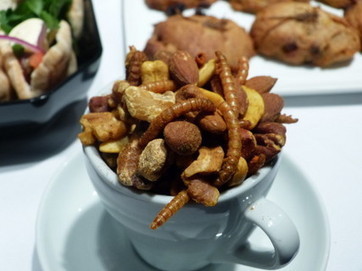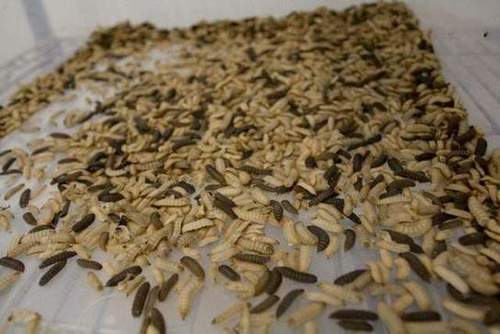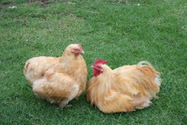See on Scoop.it – Protein Alternatives: Insects as Mini-Livestock
The use of insects as an alternative source of protein in animal feed is becoming more globally appealing. However, EU law currently prohibits including protein derived from insects in animal feed – with the exception of feed intended for fish or shellfish. News
"The research project PROTEINSECT (‘Enabling the exploitation of insects as a sustainable source of protein for animal feed and human nutrition’) was set up by the Food and Environment Research Agency (FERA) in the UK, with partners in China and Africa as well as mainland Europe, in order to drive forward changes in current EU legislation."
See on www.4-traders.com




